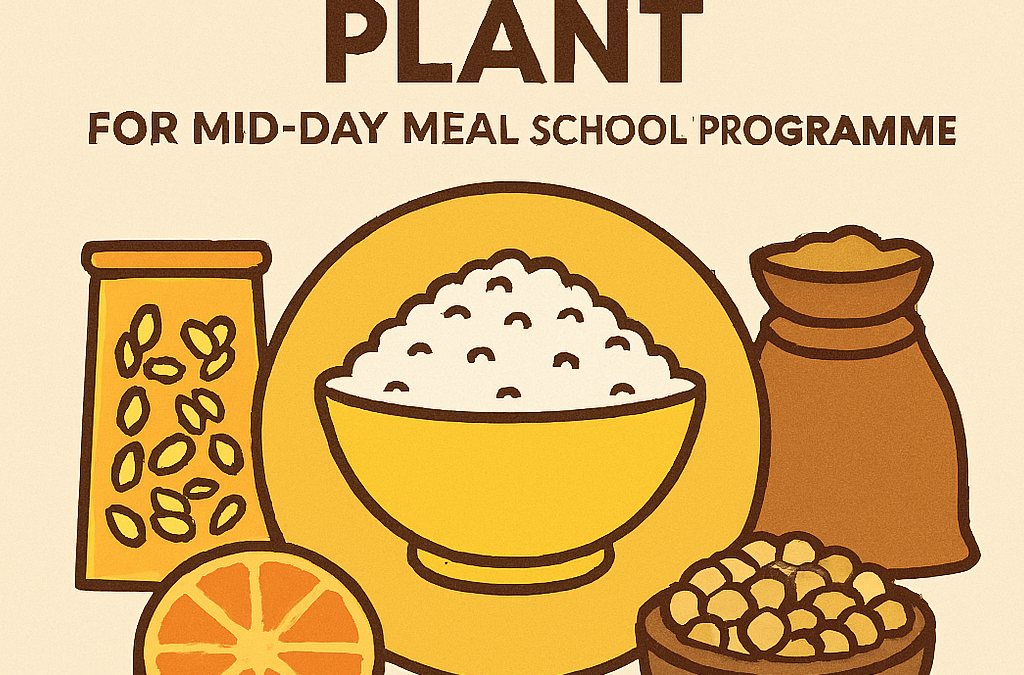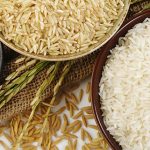The Energy Food Plant for Mid-Day Meal School Programme is a visionary step toward ensuring the health, nutrition, and energy needs of school children across India. It focuses on producing balanced, nutrient-rich, and energy-dense food for the Mid Day Meal (MDM) scheme — a government initiative that provides free, cooked lunches to students from economically weaker backgrounds. This integration of energy food production ensures sustained nutrition, efficient operations, and long-term educational benefits.
What is the Mid Day Meal Programme?
The Mid Day Meal Scheme is one of India’s largest school feeding programs designed to enhance attendance, retention, and learning among primary and upper-primary students by eliminating classroom hunger. Initiated in 1995, it now benefits millions of students daily, making it a cornerstone of India’s fight against child malnutrition and school dropout rates.
What is an Energy Food Plant?
An Energy Food Plant refers to a specialized production facility that manufactures high-energy, nutrient-rich food items such as fortified mixes, protein powders, and ready-to-cook ingredients. These foods are lightweight, easy to distribute, and quick to prepare in school kitchens. The goal is to supply meals that provide balanced proportions of carbohydrates, proteins, fats, vitamins, and minerals — all necessary for growing children.
Key products typically produced in an Energy Food Plant include:
● Fortified wheat or rice-based mixes
● Protein-rich pulses and soy blends
● Flavored energy powders with added micronutrients
● Ready-mix khichdi, suji halwa, and porridge bases
Importance of Energy Food in Mid-Day Meals
Nutrition is directly linked to concentration, learning ability, and educational performance. Many children attending government schools come from underprivileged families where daily meals are inconsistent. The introduction of energy-rich foods through a dedicated plant ensures:
● Enhanced physical and mental growth
● Better stamina and attentiveness in classrooms
● Reduction in undernutrition and deficiencies
● Improved attendance and retention rates
The Energy Food Plant plays a critical role in the sustainable supply of nutritious food, aligning with the government’s updated Mid Day Meal 2025 Menu that emphasizes locally sourced, protein-rich, and diverse meals.
Technology and Sustainability in Food Production
Modern energy-efficient cooking and plant technologies are vital for maintaining both cost-effectiveness and environmental sustainability. Many food plants are integrating renewable energy sources such as biogas and solar thermal systems to reduce dependency on LPG and minimize carbon emissions.
Additionally, advanced equipment ensures hygienic food processing and preservation of nutrients during production.
● Highlights of technology integration:
● Solar cookers and biomass gasifiers for green energy
● Automated nutrition monitoring systems
● Waste food recycling and biogas generation
● Sustainable packaging using eco-friendly materials
Community and Economic Impact
The establishment of Energy Food Plants not only benefits school children but also promotes local employment and supports farmers by sourcing regional grains and vegetables. It strengthens the local food ecosystem, encourages women’s participation through self-help groups, and boosts rural entrepreneurship.
Economic and social advantages:
● Employment generation in rural areas
● Support for local farmers and cooperatives
● Skill development in food technology and nutrition
● Creation of self-sustaining community models
The Vision Ahead
The integration of Energy Food Plants with the Mid Day Meal Programme is a forward-looking initiative that merges technology, nutrition science, and social welfare. As India aims for better learning outcomes and a healthier youth population, energy-based food production stands as a foundation of national growth.By combining sustainability, nutrition, and education, these plants contribute to building a nourished, empowered, and well-educated generation ready to shape the nation’s future.






